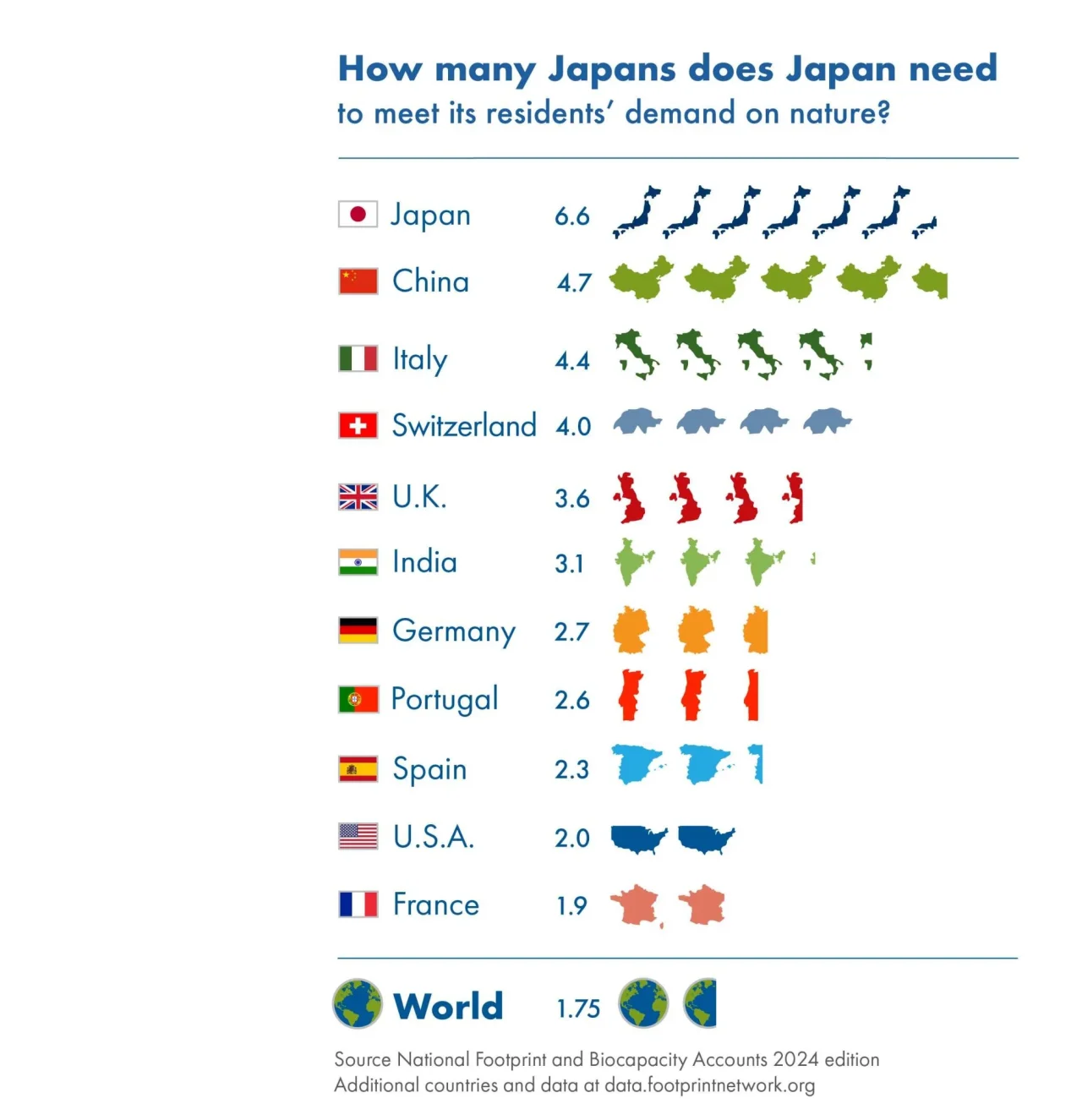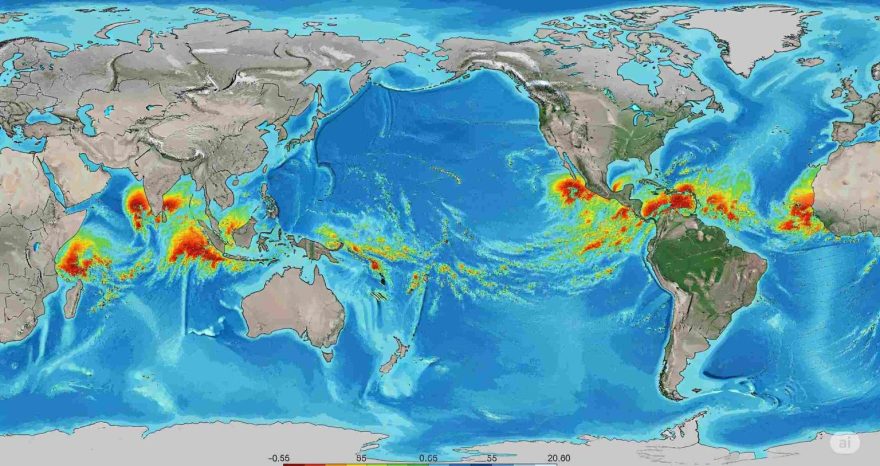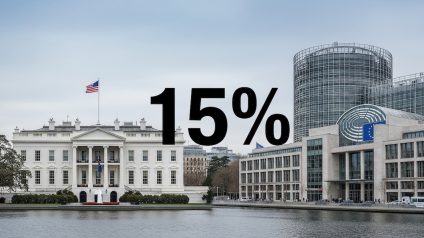On July 24, the world hits Earth Overshoot Day 2025. From now until December 31, we live by depleting the planet’s natural capital.

A 22-year ecological debt
July 24 marks Earth Overshoot Day 2025. As of today, humanity has used up all the biological resources Earth can regenerate in a year. From this point forward, we’re in environmental deficit.
According to the Global Footprint Network, humanity is depleting nature 1.8 times faster than ecosystems can regenerate. It’s as if we were living on 1.8 Earths. This overshoot results from emitting more CO₂ than forests and oceans can absorb, drawing more water than can be replenished, cutting more trees than can regrow, and fishing more than aquatic populations can reproduce.
This overconsumption erodes Earth’s natural capital and threatens long-term resource security, especially for regions already struggling with scarcity.
To calculate Earth Overshoot Day, scientists divide the planet’s biocapacity (its annual ability to regenerate resources) by humanity’s ecological footprint (our yearly resource demand), then multiply by 365. The remainder of the year represents ecological overshoot.
In 1971, Earth Overshoot Day fell on December 29. In 2025, it falls on July 24. This shift backward in the calendar amounts to a 22-year cumulative ecological debt. Rebalancing our ecological budget would require 22 full years of no overshoot.
While the date has stabilized somewhat over the past decade, August 4 in 2015, it still arrives far too early in the year. Even small shifts in the date don’t reflect the increasing pressure on the biosphere, as damage accumulates over time.
Earth Overshoot Day 2025
If global resource consumption continues at current levels, the ecological debt grows by 0.8 years annually. A clear consequence of this overshoot is rising CO₂ levels: in 1970, atmospheric CO₂ was 47 ppm above pre-industrial levels; today, it’s 147 ppm higher.
“We are traveling beyond the limits of ecological damage we can afford: just a quarter of the 21st century has passed, and we already owe our planet at least 22 years of ecological regeneration, even if we were to stop any further harm right now. If we still want to call this planet home, our ambitions for adaptation and mitigation, proportional to the level of overshoot we’ve caused, should make all previous investments look small,” said Lewis Akenji, board member of the Global Footprint Network.
A market failure
From an economic perspective, ecological overshoot is a textbook case of market failure. It prevents efficient resource allocation and penalizes both current and future consumers, especially those in high-consumption countries. Without correction, these market dynamics promote overconsumption and trigger economic shocks.

Source: Global Footprint Network
Implications of ecological overshoot
Overshooting planetary boundaries has far-reaching consequences: biodiversity loss, deforestation, and greenhouse gas accumulation that drives extreme weather. It also heightens risks of stagflation, public health crises, and geopolitical conflicts, especially in unprepared regions and businesses.
“By nature’s physics, overshoot cannot last,” warned Mathis Wackernagel, also on the board of the Global Footprint Network. “It will end either by design or by disaster. Choosing the former is clearly the better option, especially given the solutions we already have.”
Let’s #MoveTheDate: the solutions we have
There are proven solutions that can delay Earth Overshoot Day, and many are economically viable. They focus on five areas: cities, energy, food, population, and planet.
- Cutting fossil fuel CO₂ emissions by 50% would move the date back by 93 days.
- Introducing a $100/ton carbon price would push it back by 63 days.
- Halving global food waste would buy 13 additional days.
Some countries have adopted related policies, such as France’s Garot Law against food waste. Many others lag behind.
In urban environments, cargo bikes offer a promising solution. These bikes, often with electric motors, can carry over 200 kg of cargo, including kids, groceries, or deliveries, reducing car trips. A shift to cargo bikes alone could delay Overshoot Day by 2.4 days.
Another impactful measure is green roofing. Covering buildings with live vegetation reduces energy use and can purify water. Though initial installation costs are high, green roofs pay for themselves in 6 to 15 years depending on design. Widespread adoption could push the Overshoot date 1.6 days later.
All the solutions to #MoveTheDate are available here.













